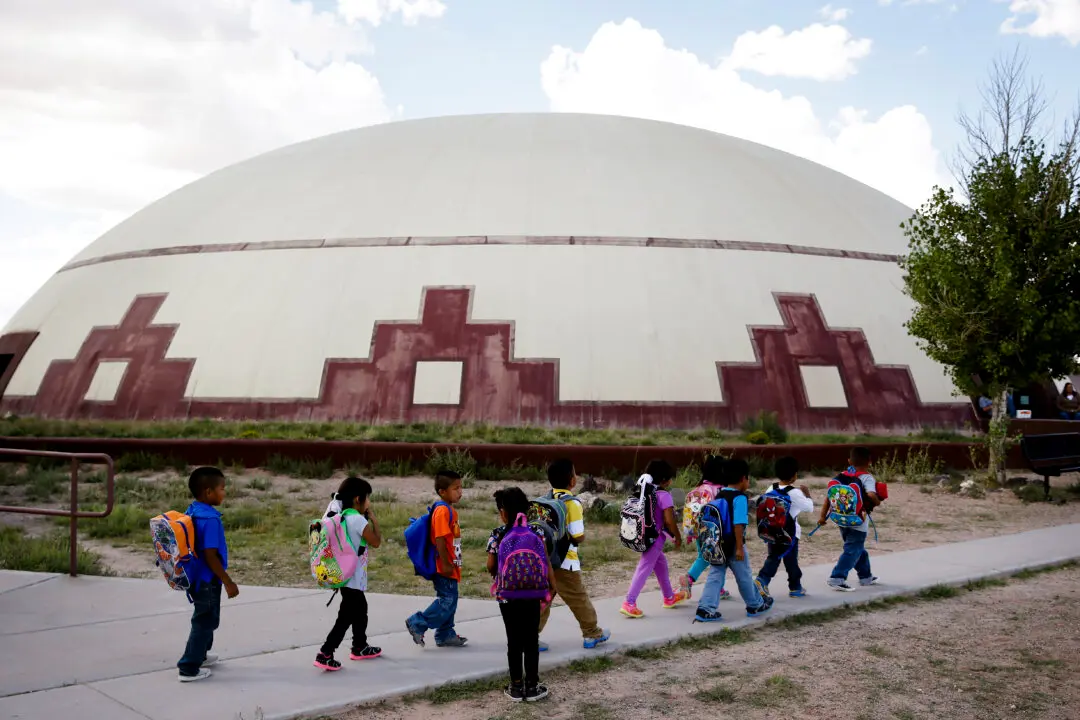California Gov. Gavin Newsom ramped up attacks on oil companies and vowed on Oct. 7 to double down on aggressive clean energy plans while renewing a climate action agreement with officials from the states of Oregon, Washington, and British Columbia.
The members of the Pacific Coast Collaborative—an international governmental agency formed by the three U.S. states and the Canadian province in 2008—are facing droughts, excessive heat, and smoke from large wildfires, their leaders said. By signing a new statement of cooperation, they planned for a more aggressive transition to low-carbon emissions, investments in electric vehicle charging stations along interstate highways, and a clean electric grid.





